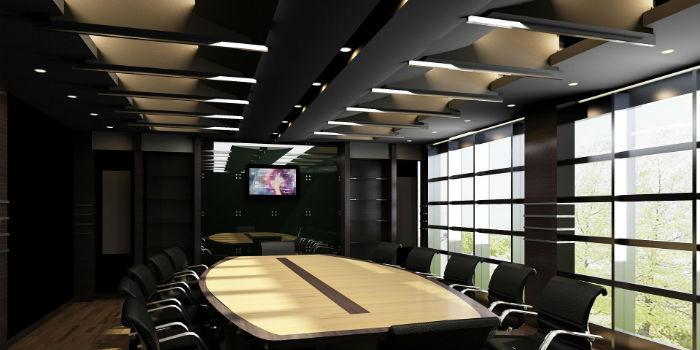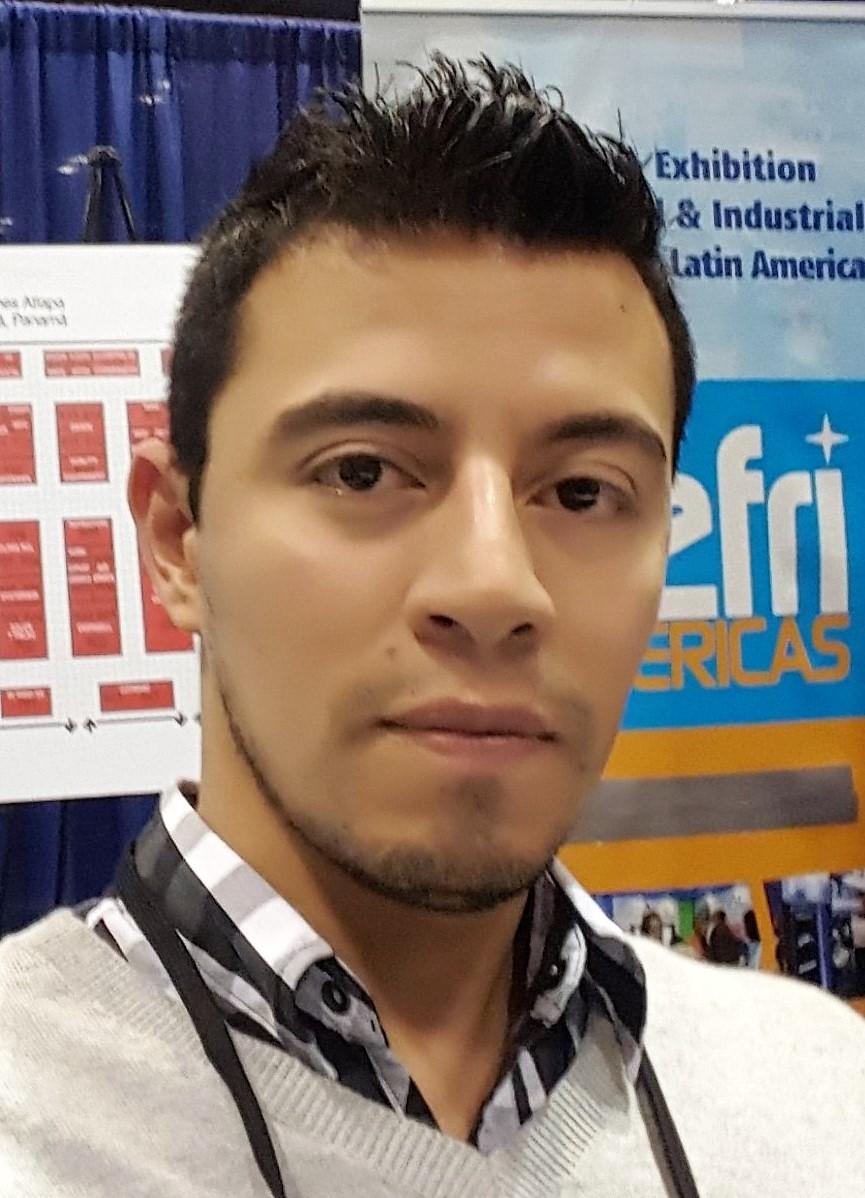 There are new strategies to achieve the highest energy efficiency. These must be included from the design of the buildings to achieve the best results.
There are new strategies to achieve the highest energy efficiency. These must be included from the design of the buildings to achieve the best results.
by Camilo Botero*
Dear readers, again at the suggestion of the editor and by common agreement, this topic related to energy saving was selected trying to synthesize the strategies and technologies available to achieve it. We hope that it will be very topical and useful for you.
One can ask what energy saving is, and the answers are multiple depending on the baseline from where it starts. If I do it on obsolete, oversized and uncontrolled systems, it will surely be very easy to achieve this, for example by incorporating control and changing the low-performance equipment.
But if it is a new design, the considerations are different, first of all it must be designed to achieve maximum efficiency! It is said easy, but it is not so easy. In principle, it should be understood very clearly what is energy efficiency and how is it achieved? It should be remembered that air conditioning systems are highly disaggregated and that there are multiple and very diverse approaches and technologies, in order to obtain the design parameters requested for each project.
There is a new concept of ASHRAE, which is the bEQ (Building Energy Quiotient), which promotes energy efficiency in buildings and becomes a tool for energy management, modeling, measurement, benchmarking, comparison and evaluation of performance and rational use of energy, making it visible and quantifiable. It promotes the value of energy efficiency up to the possibilities of the technology available to date. One of its main supports is the ASHRAE Standard 100 – 2015 on Energy Efficiency in Existing Buildings and the energy audits carried out in buildings, before and after starting a program to increase energy efficiency.
It is a great change in the approach to the design of air conditioning projects where you have to think about where that energy comes from and its cost: thermal, hydraulic or alternative energy plants placed on the project site; the power and cooling cycles used and their thermodynamic performances, the associated environmental emissions and the impact on climate change. It is a major change that we can measure energy consumption, and compare how buildings were designed and their actual behavior already built and in operation, taking into account their climatic environment, construction materials and occupation.
The bEQ is the quotient of how the actual consumption of the building versus the projected energy consumption is in the design and creates a more holistic approach towards energy performance, helping customers make better decisions in the design of their projects and in the specification of high-performance equipment and accessories.
There is an intuitive and simple bEQ scale that can range from values below zero for buildings with positive net energy production, to values as high as some greater than 115 (dimensionless) where the building is energy inefficient or greater than 145 which defines it as totally unsatisfactory. The average values of this quotient are on the order of 100 and the optimal values in values less than 25. A real-state information system is required to make the most urgent and necessary choices and changes to optimize energy efficiency.
There is energy efficiency labeling, which informs about the use of potential and actual energy in a building and also feeds back to owners and operators on how their building is behaving. It informs owners and buyers of the efficiency with which a particular building performs and projects the long-term costs of energy use.
The bEQ is a great differentiator that gives great preponderance to buildings with zero or positive energy balance, and highlights high-performance buildings; those who are in the average are determined and finally explicit the inefficient or unacceptable, which can be penalized or prevented for their operation. It focuses only on documenting and understanding energy, identifying opportunities to improve its performance during operation and also allows comparisons between different buildings that have the same use.
Other alternatives
Moving on to another issue, a strategy of very high energy efficiency is constituted by the Thermal Cooling Districts, which are large centralized systems, which produce cold water, which is carried by properly insulated pipe networks, which lead it through a predetermined area, supplying the energy necessary to air condition several buildings at the same time, with very considerable benefits since the simultaneity factor is considerably reduced, thus being able to have centralized systems of much smaller size, in relation to the thermal load installed in the buildings, considerably increasing the efficiency of the systems and minimizing the installed capacities.
For the optimization of air conditioning, all the novelties that have been incorporated into this industry are used, one of them is the rational use of energy, through control, to achieve that the amount of energy required at partial loads due to air conditioning demand is consumed more precisely. There are excellent protocols, programs, sensors, valves, actuators, etc., which allow to achieve that coupling between the demand profile of the systems and their energy consumption without deteriorating compliance with the design parameters. I think we could make a greater effort in this area of system control, encouraging the training of engineers and technicians who know in depth the fundamentals and applications of controls, but who understand how thermal systems are, since they react in minutes, hours and even days, while the control systems react in fractions of a second. Lack of knowledge of this principle very often results in control systems that do not operate properly.
This implies substantial changes in technology such as designing with all available technological resources and I will cite only a few: "Free Cooling" of all kinds, heat pipe, CDQ, convert, superheaters in the cooling cycle, cold beams, controlled sunlight lighting, Underside Supply (UFAD) and displacement ventilation, cooling with pipe in walls, floors and ceilings, enthalpic wheels, heat exchangers of all kinds, peltier effect, cogeneration and trigeneration with waste heat, direct and indirect evaporative cooling, etc.
This must be accompanied by bold proposals in legislation, standardization, as well as very effective methodologies during the pre-design, design, construction, operation and maintenance phases of buildings such as commissioning (quality assurance throughout the useful life of the project) and energy audits; but above all a deep awareness of the need and goodness to incorporate this concept into our daily lives.
At the same time, the use of standards, codes and regulations has been promoted and updated in Latin America and specifically in Colombia, such as Resolution 0549, which already requires from 2017, very considerable reductions in energy consumption, which lead to high efficiency systems, care of the environment, compliance with design parameters, especially in issues such as indoor air quality. ASHRAE, in this aspect does a wonderful job writing guides, standards and even some in code language that will then be mandatory. We must learn from this partnership.
For its part, in Colombia the version of RITE 2016 (Regulation of Thermal Installations in Buildings) was developed, which contemplates our climatic and constructive conditions, as well as the systems of commonly used units, the own terminology; this RITE 2016 was already incorporated as BPI 09 of ACAIRE (Good Engineering Practice), which is increasingly used, but which does not have the required impact, since it is not yet a mandatory regulation. The day it is finally approved by the state and becomes mandatory, our air conditioning projects will improve considerably, with a great impact on increasing energy efficiency.
* Camilo Botero is the current Secretary of the Federation of Ibero-American Associations of Air Conditioning and Refrigeration - FAIAR; he was president of ACAIRE and is president of Camilo Botero Ingenieros Consultores Ltda. He has worked as a teacher in several Colombian universities, guilds and currently in ACAIRE in diploma courses of air conditioning projects, energy efficiency in air conditioning and refrigeration, cogeneration and trigeneration, applied psychometrics, thermodynamics, fluid mechanics, heat transfer and turbomachinery. ([email protected]).














